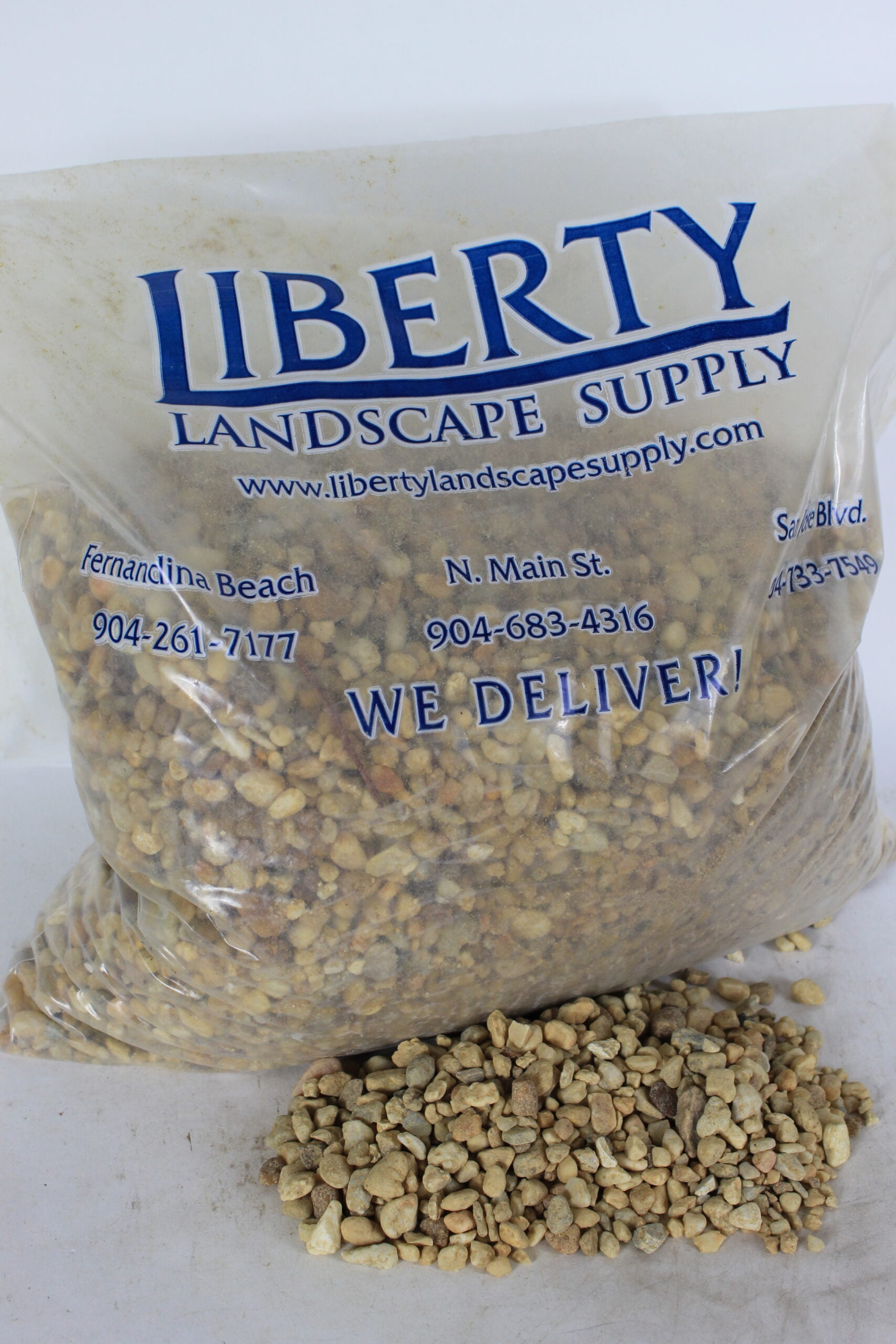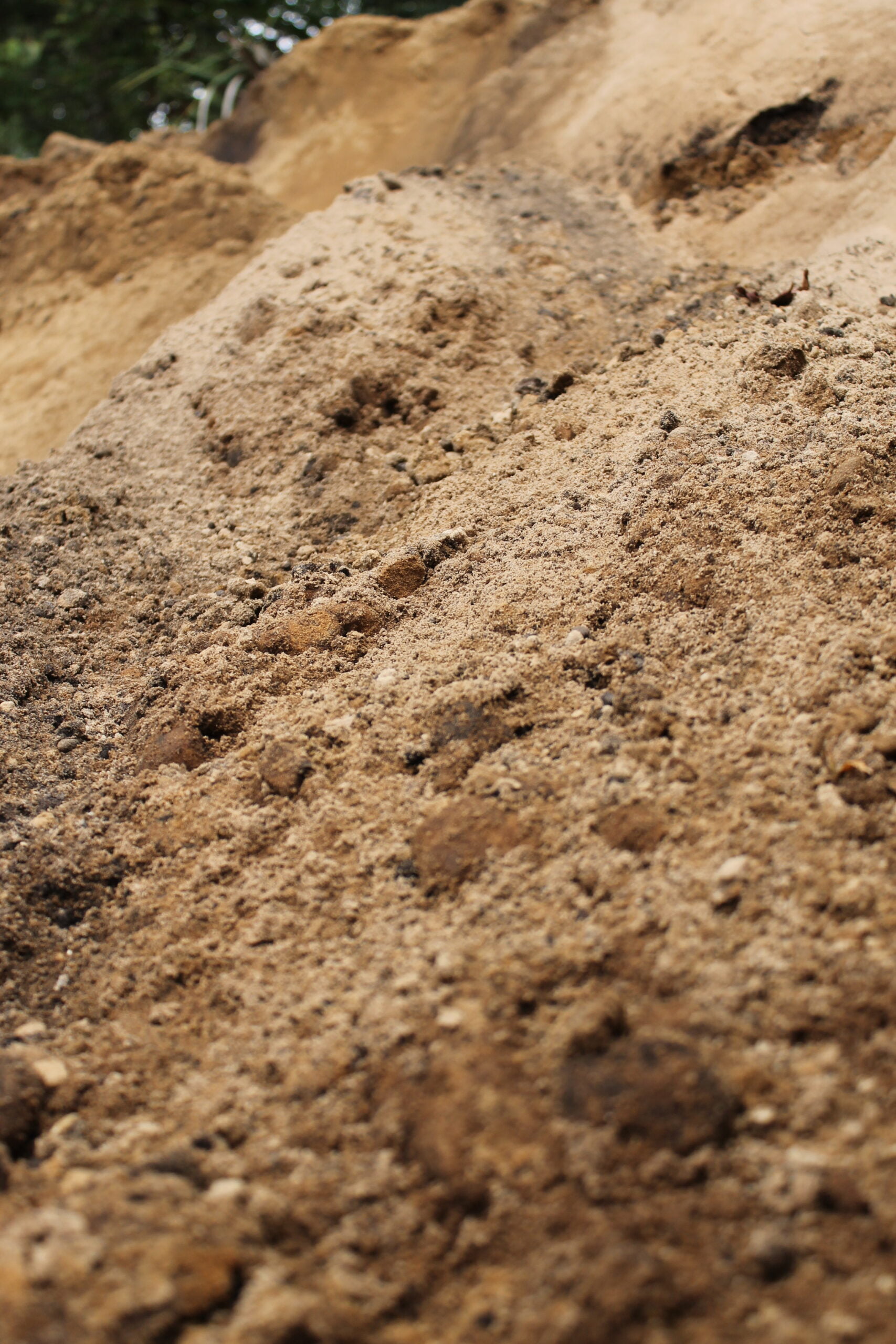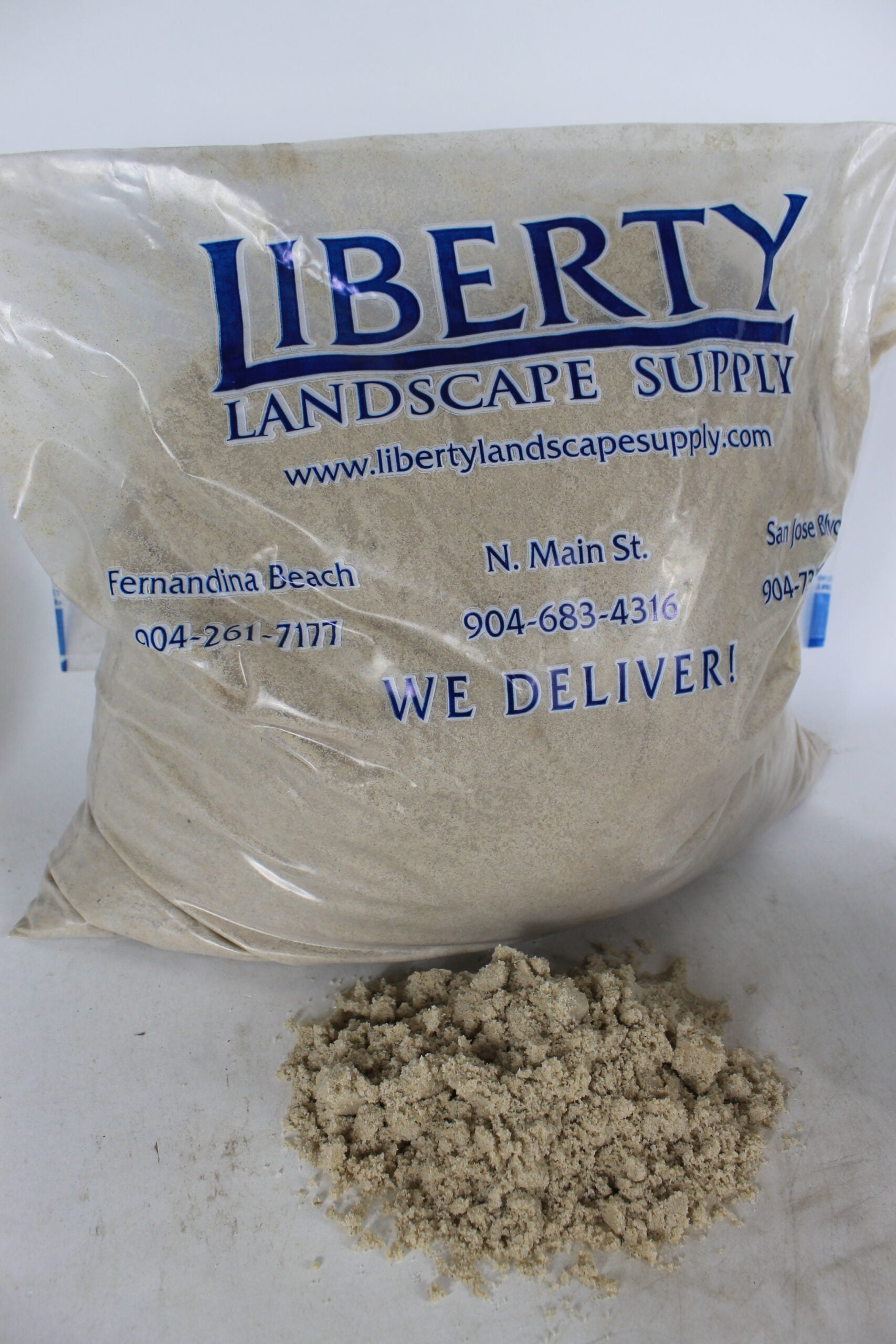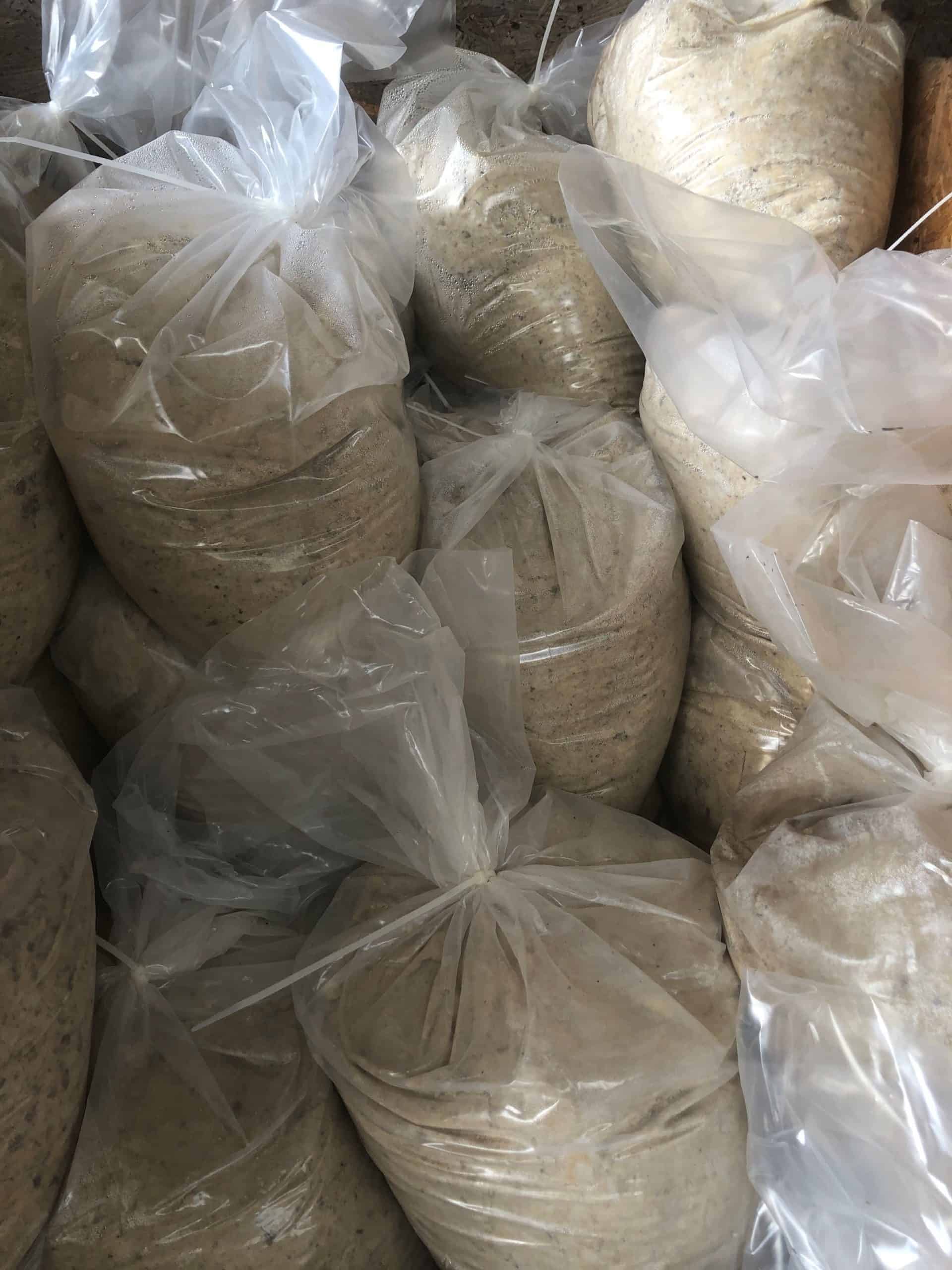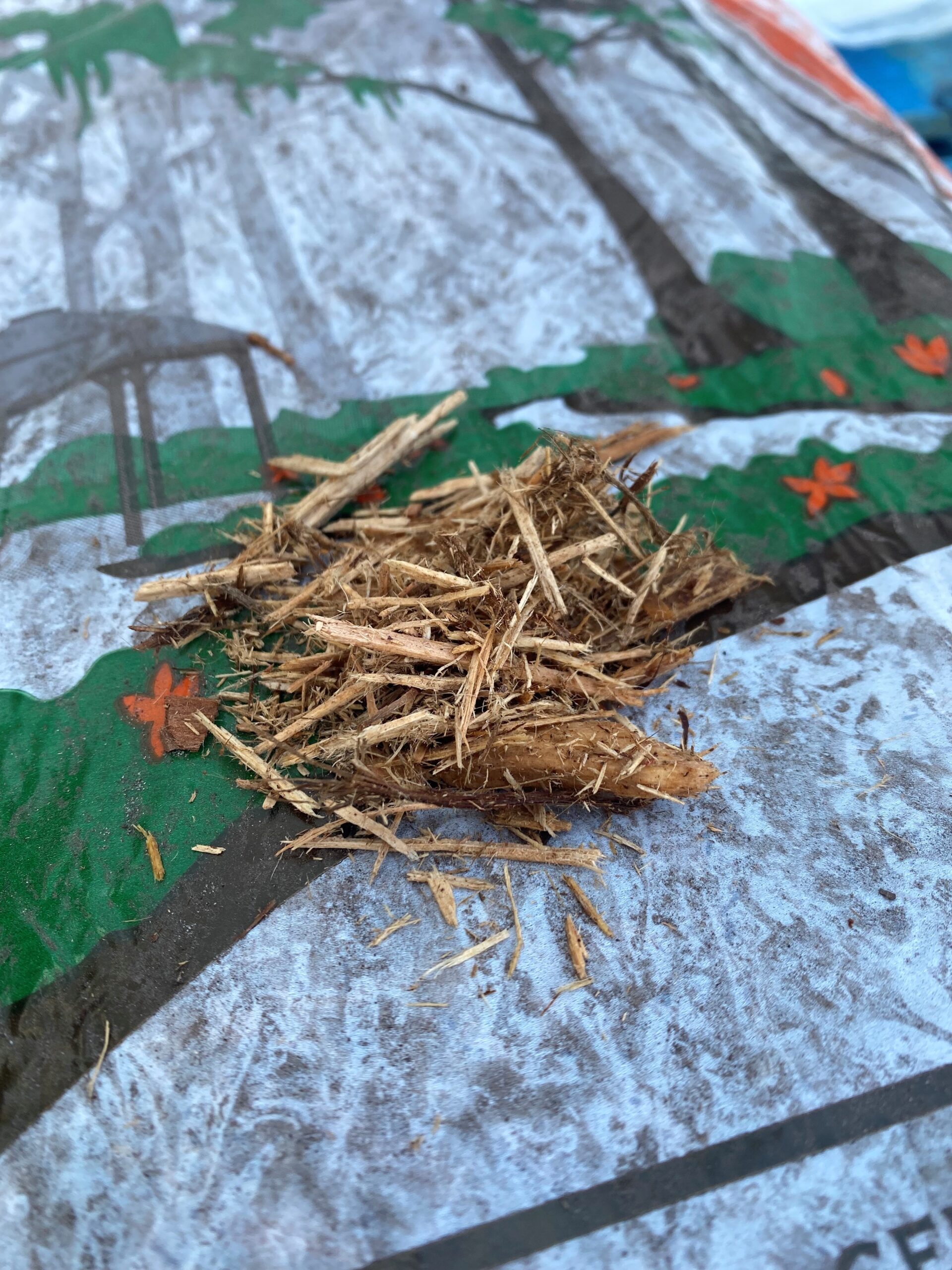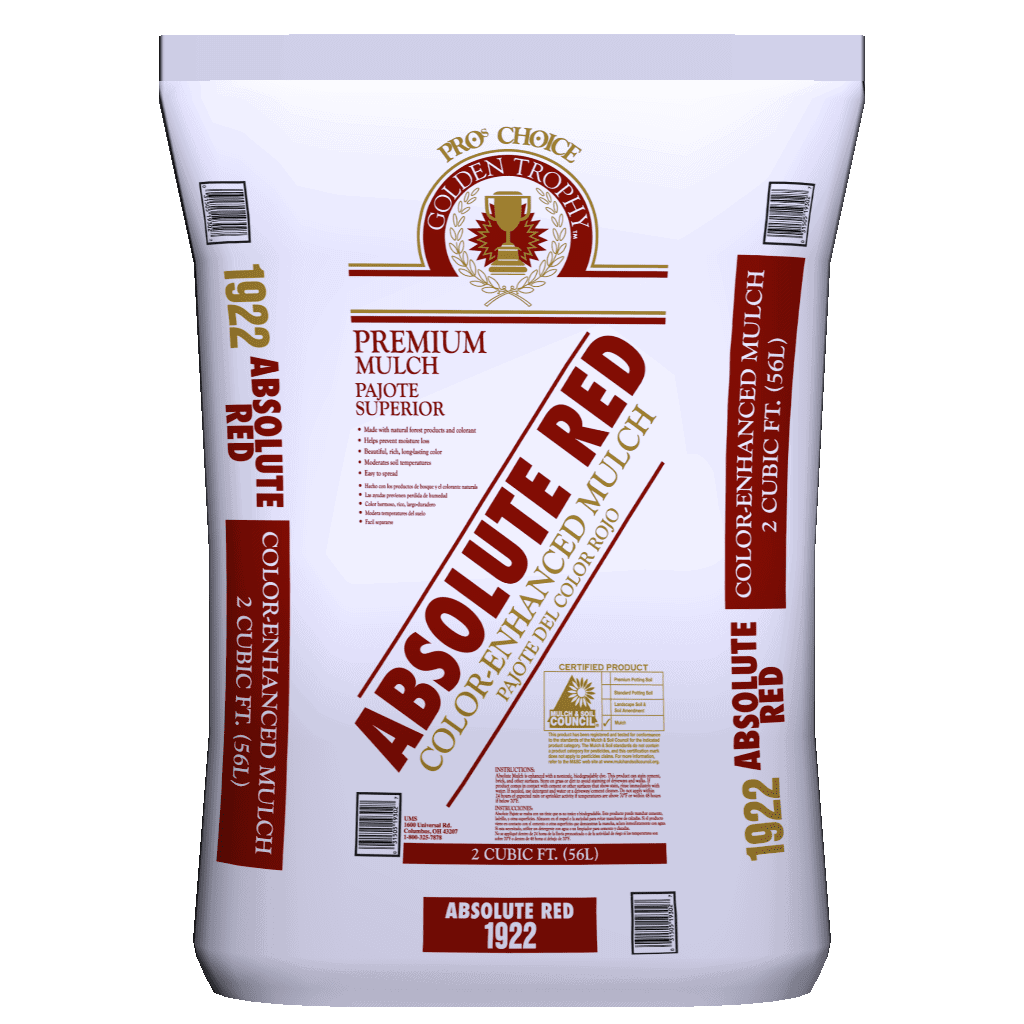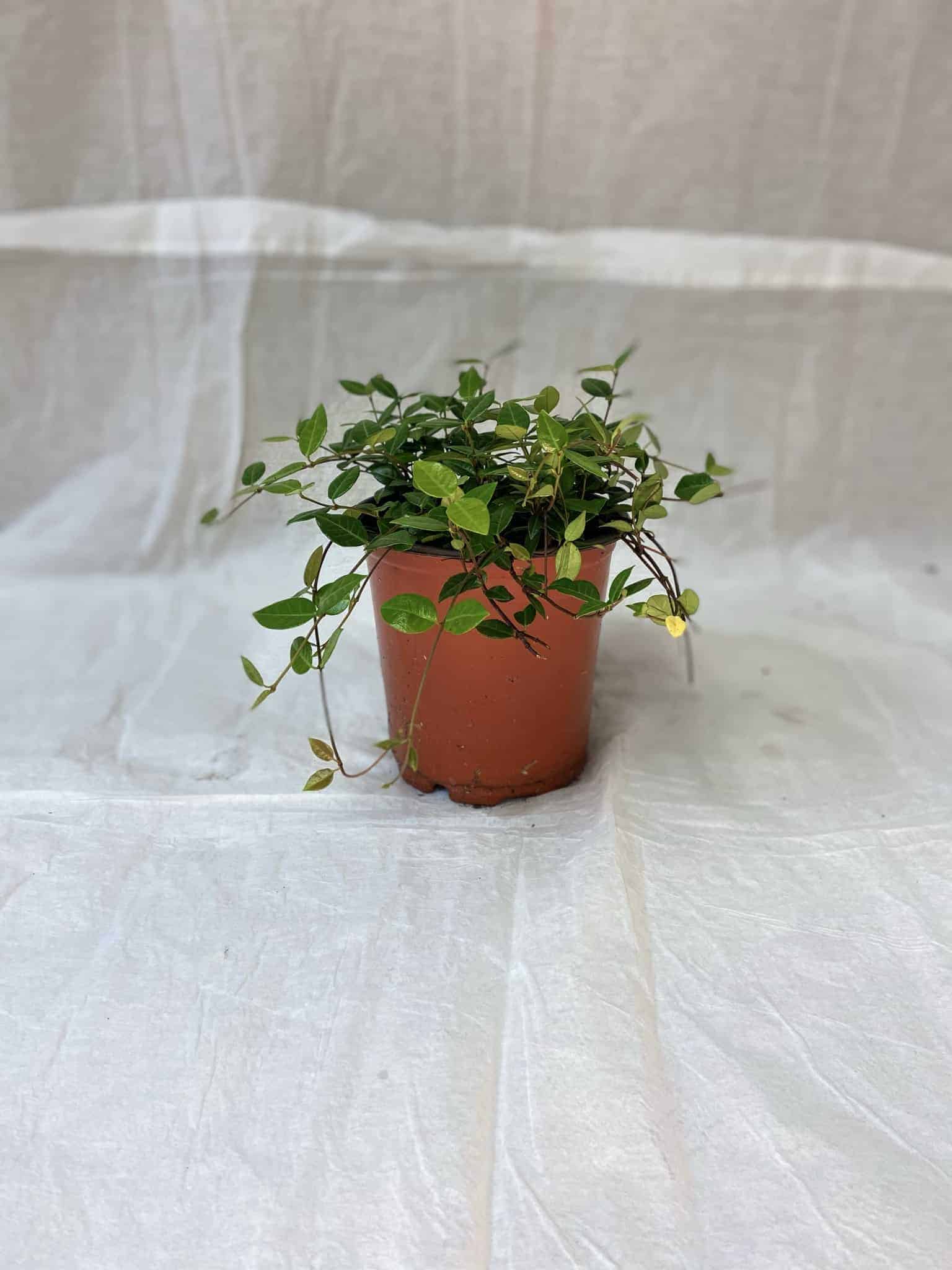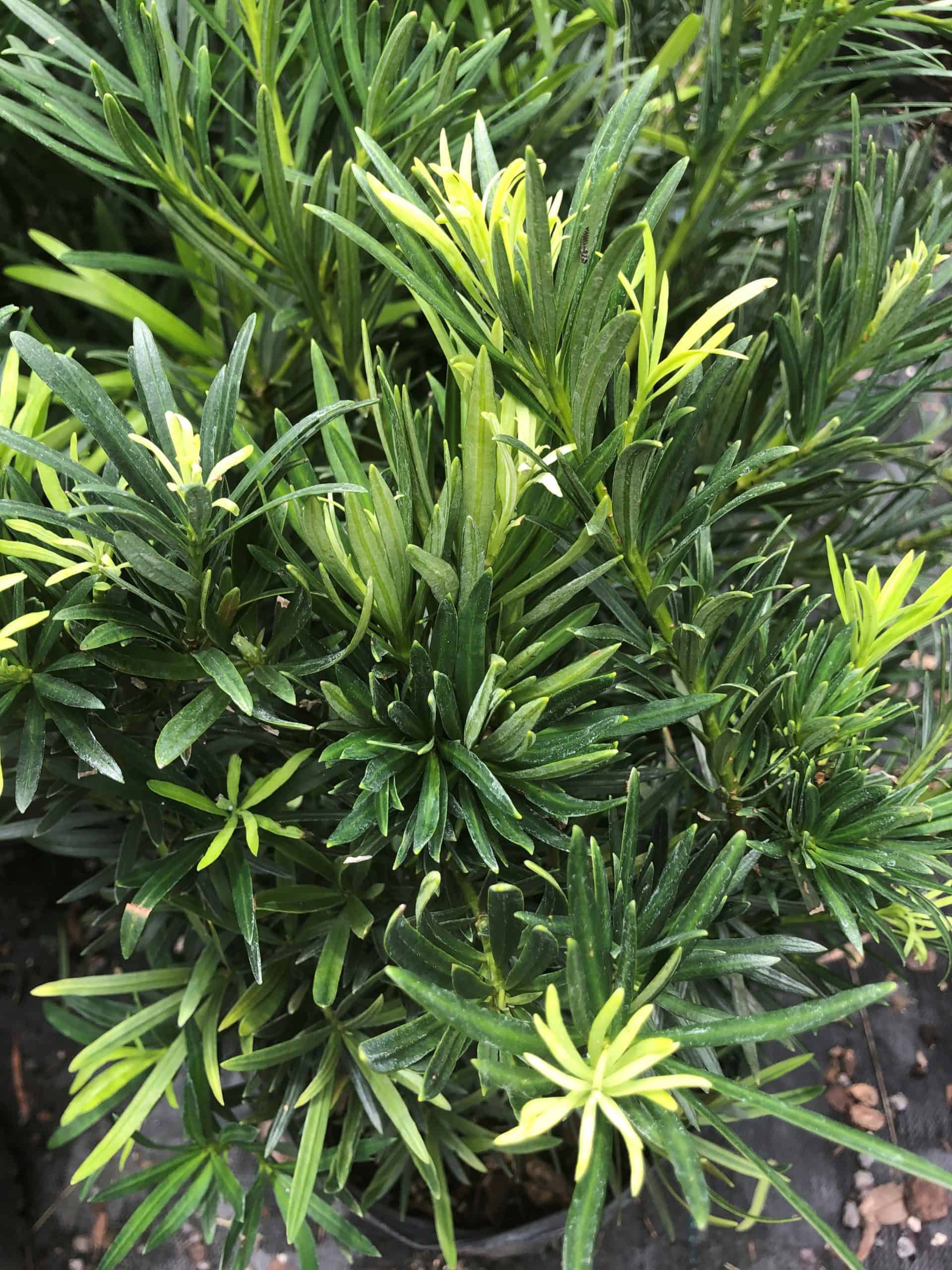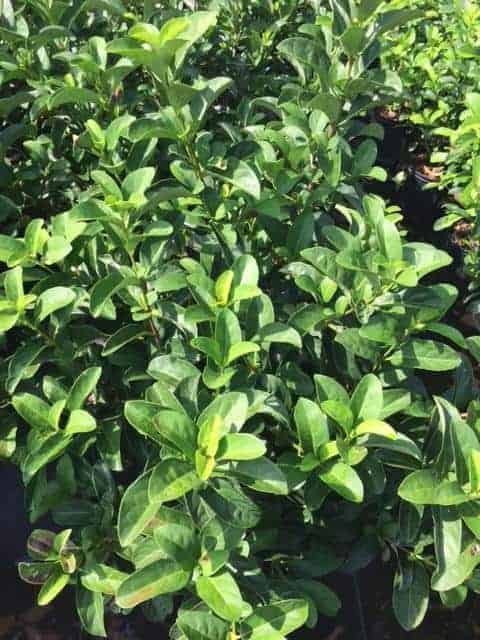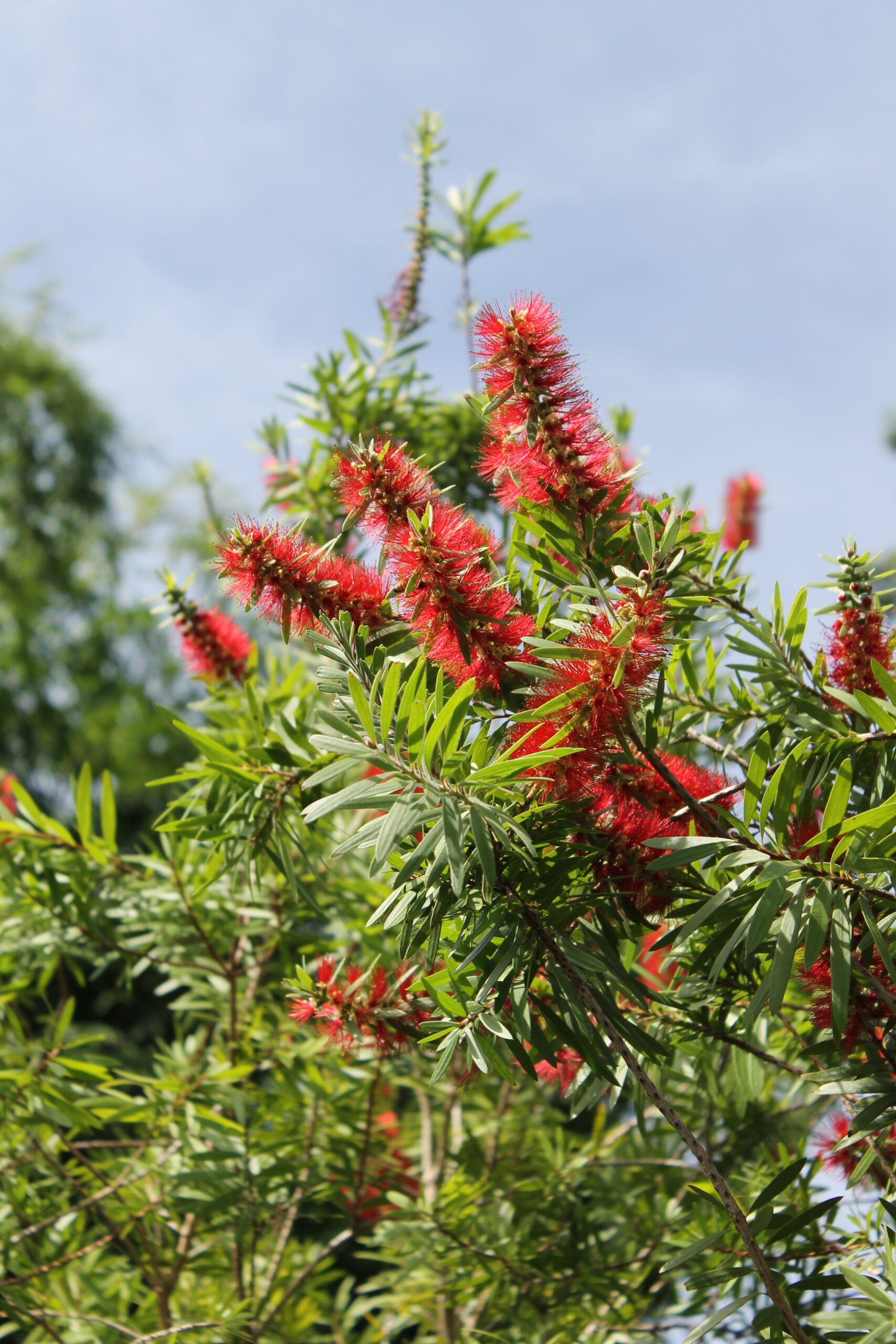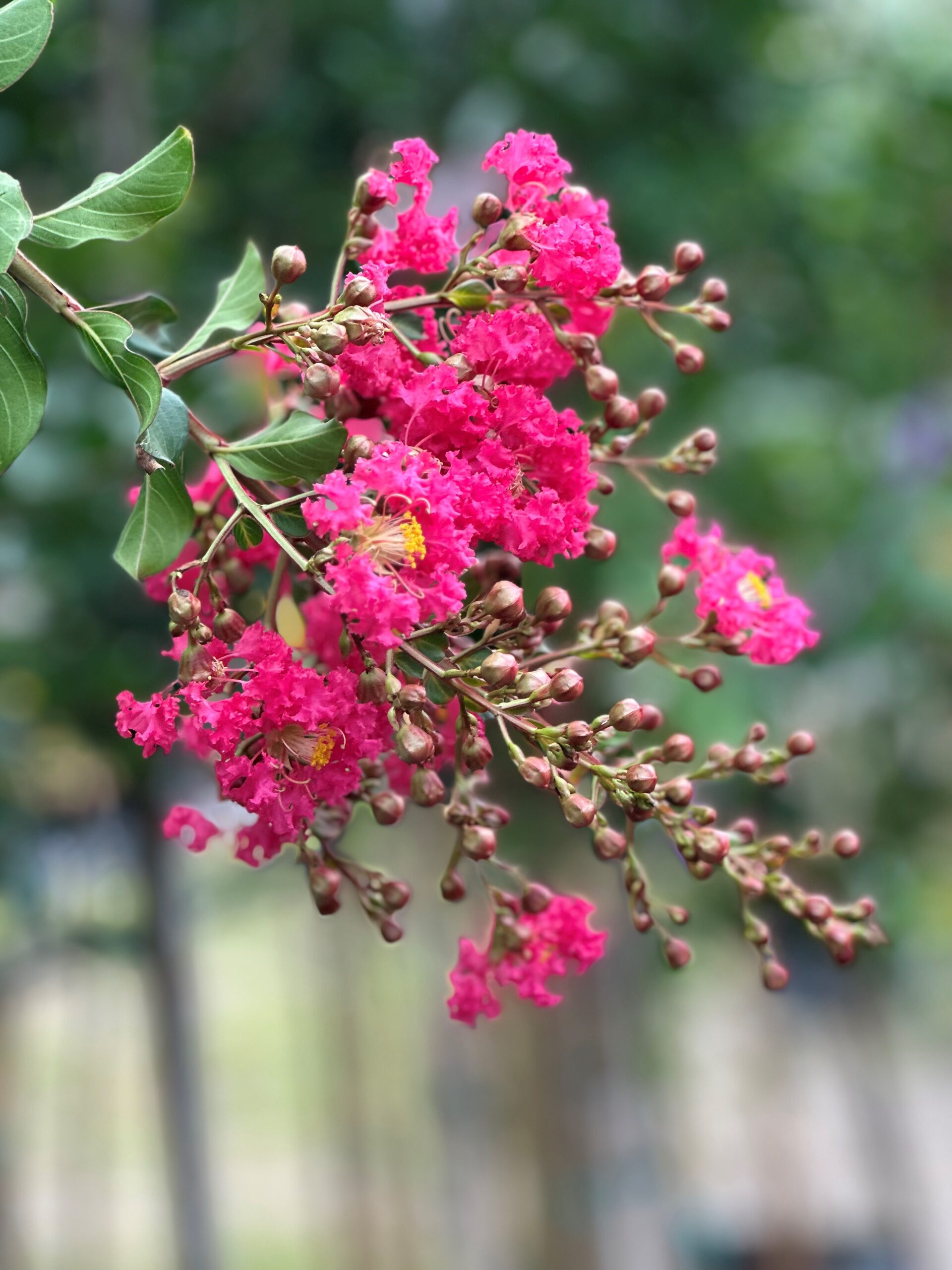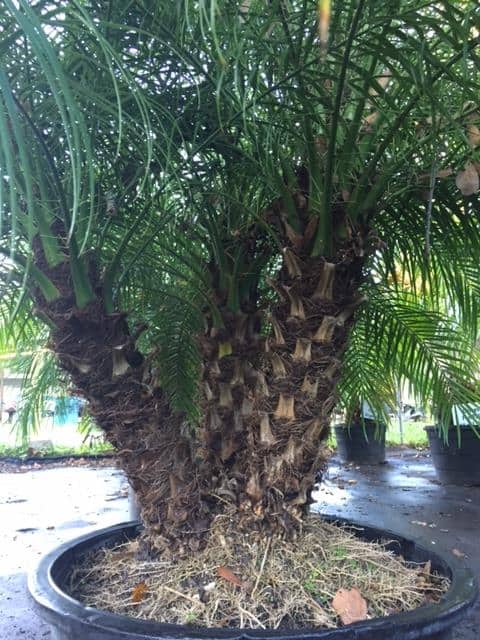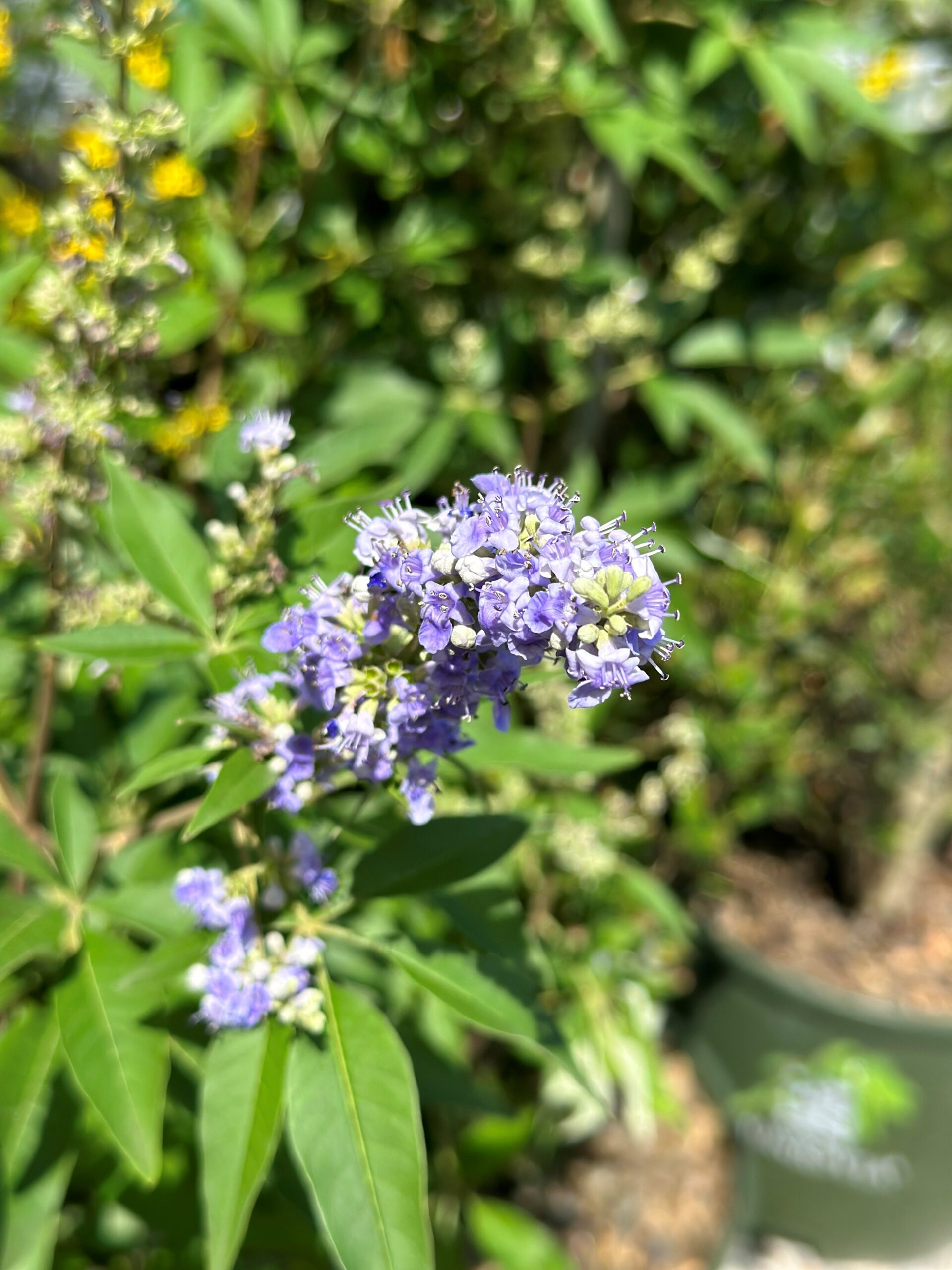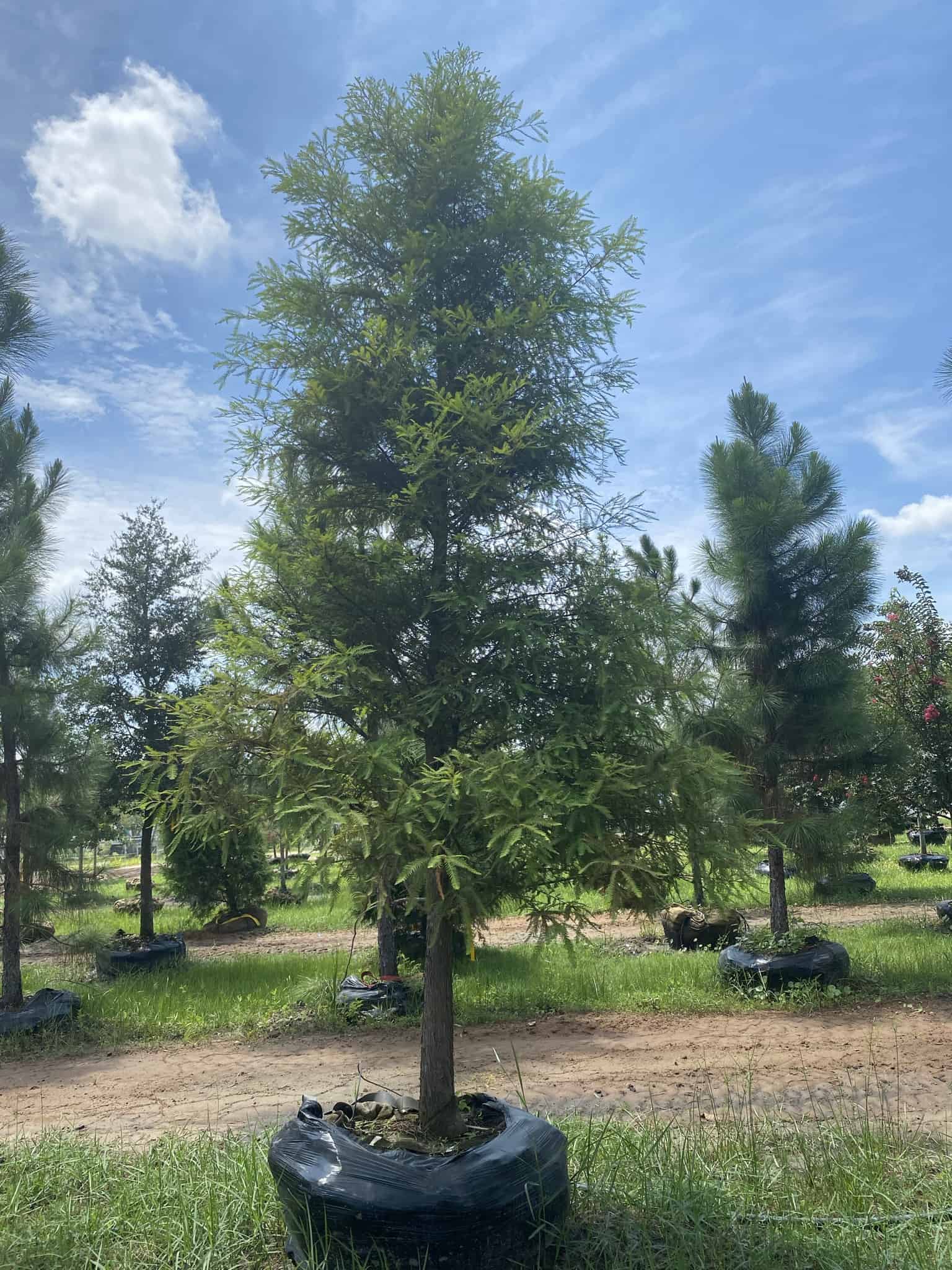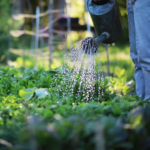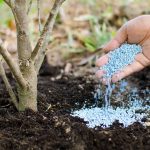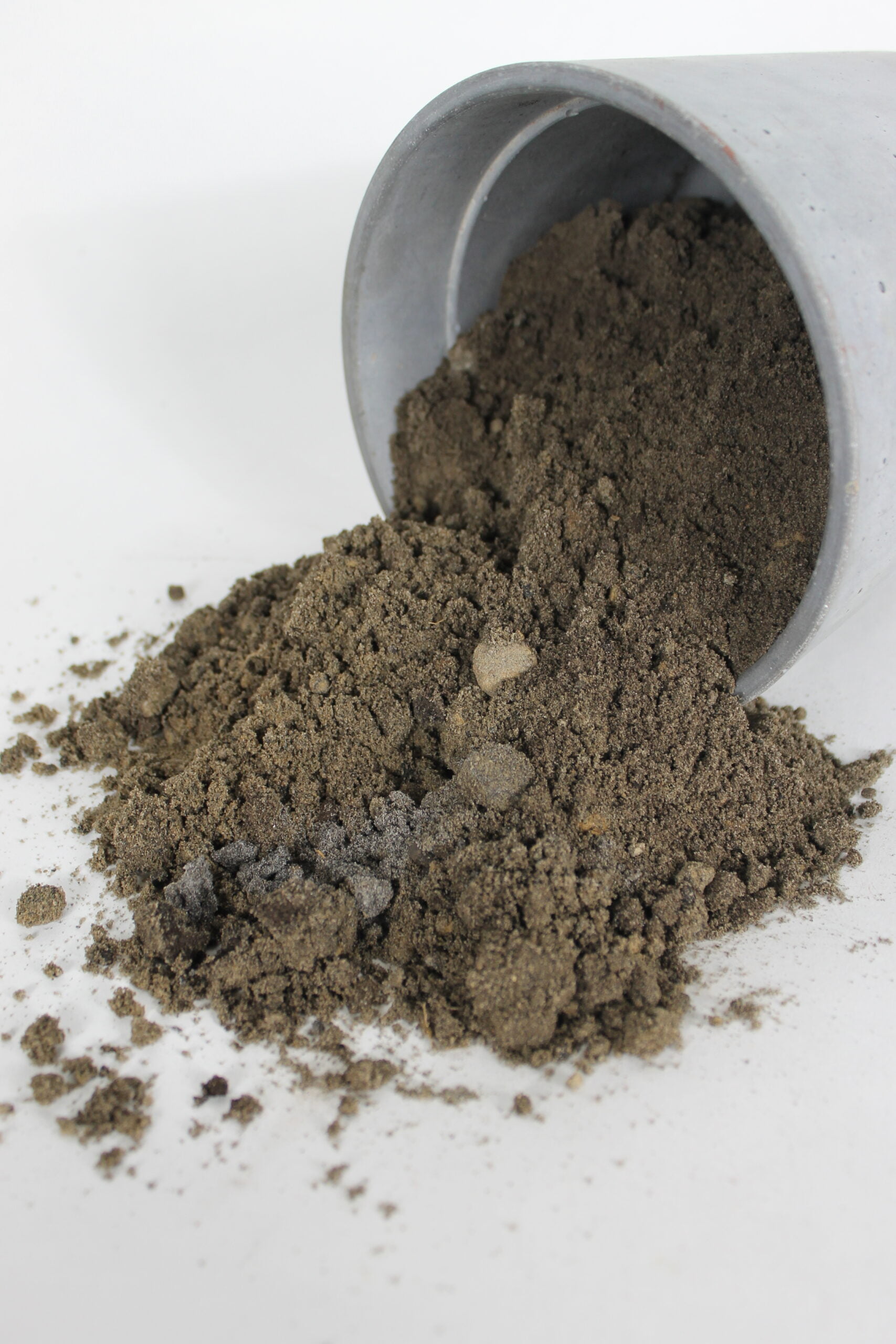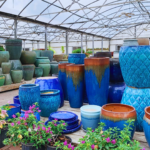- GET A WATER TRAY WITH WHEELS. If you plan on having a large potted plant, you absolutely need a water tray with
 wheels. Ideally, you want it in a spot with bright light throughout the year but that is not always an option. You’ll want to move it over a foot or two as the seasons change to follow the light. It comes handy when you need to clean around it or if you need to arrange the room around for a special dinner or activity.
wheels. Ideally, you want it in a spot with bright light throughout the year but that is not always an option. You’ll want to move it over a foot or two as the seasons change to follow the light. It comes handy when you need to clean around it or if you need to arrange the room around for a special dinner or activity. - ALL PLANTS LOSE THEIR LEAVES. You will see drastic leaf drop during the winter time as the sun light hours are much shorter and the plant will drop leaves to conserve energy. Likewise, remove brown leaves so they are not robbing the plant of energy; once it’s brown, it’s not coming back to life.
- PLANTS WILL DRY OUT IN WINTER. The plants will dry out faster during the winter. You may notice that the water runs right through the pot at this time. You may have to change your water schedule by watering more frequently but cutting back on the volume of water at each application. You can apply a water retaining supplement in the soil by taking a pencil and poking a hole ¾’s of the way down, fill it a quarter full and cover with soil. The polymers will expand so don’t over do it. Test the chemical in a bowl of water first and note how much it expands before you add it to your pot.
- CHECK FOR PEST. Pest such as mealy bugs and scale will attack your indoor and potted plants as well as outdoor. Scout under leaves if you see a decline in your plant and you’ve been watering properly. “Birds nest” mushroom is an indicator that you may be watering too much. Flies are another indicator that it’s too wet. You can pick off the pest if it’s minimal or you can spray with horticulture oil or Neem oil.
- NOTE THE SUN ROTATION IN YOUR HOME. When choosing a spot for your plant, take mental notes on where the sunlight hits during the seasons. Generally speaking, in North East Florida, the sunlight will be most ambient on the East and South facing windows during the winter time. During the Summer time, you can get away with putting plants in all the windows; but reserve the West and North side for plants that don’t need direct sunlight or only require a few hours of sunlight per day. Conversely, leave plants that need longer hours of sun for the South and East facing windows.
- LASTLY, FERTILIZE EVERY 3-6 MONTHS with a well balanced indoor fertilizer. Chelated Iron is a good way to green up your leaves fast, but it works best as a supplement.
-Vanneza Stubbs

